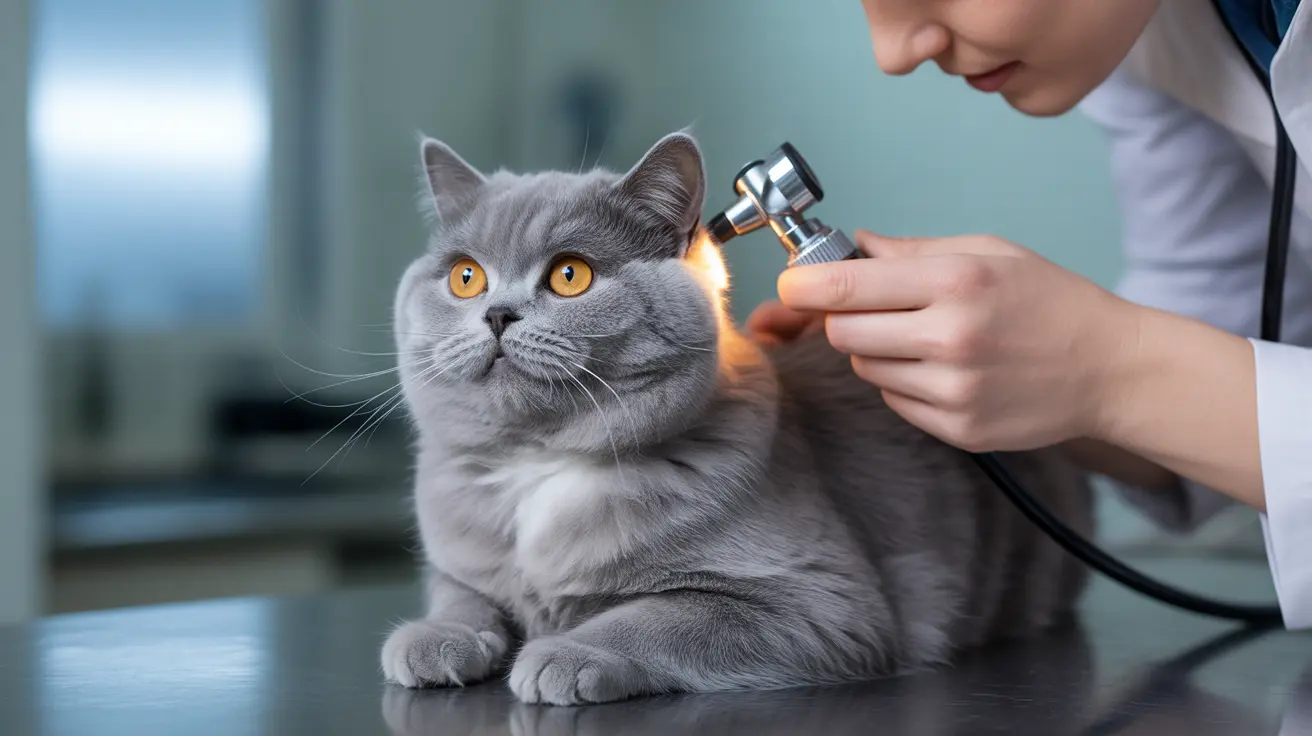Understanding Cat Ear Polyps
Ear polyps in cats are benign growths that can develop in the middle ear, ear canal, or nasopharynx. While many cat owners search for home remedies, it's crucial to understand that these growths require professional veterinary care for proper treatment and the best possible outcomes.
These inflammatory growths most commonly affect younger cats under three years of age, though they can occur at any life stage. Understanding their nature and proper treatment is essential for ensuring your cat's health and comfort.
Why Home Remedies Aren't the Answer
Despite the appeal of treating cat ear polyps at home, attempting to do so can be dangerous and potentially harmful to your pet. Home remedies such as ear cleaners, herbal solutions, or over-the-counter medications cannot address the underlying growth and may worsen the condition.
Professional veterinary care is necessary because:
- Polyps require surgical removal for effective treatment
- Home treatments can mask serious symptoms
- Delayed professional care may lead to complications
- Only proper diagnosis can rule out more serious conditions
Signs Your Cat May Have Ear Polyps
Early detection of ear polyps is crucial for successful treatment. Watch for these common symptoms:
- Head shaking and ear scratching
- Visible discharge from the ear
- Changes in balance or head tilting
- Difficulty breathing or snoring sounds
- Loss of appetite or behavioral changes
- Pawing at the affected ear
Professional Treatment Options
Veterinary treatment typically involves one of two surgical approaches:
Traction Avulsion
This less invasive procedure involves carefully removing the polyp through gentle traction. While recovery time is shorter, there's a higher risk of recurrence (15-50%).
Ventral Bulla Osteotomy (VBO)
This more comprehensive surgery involves removing the polyp and its attachment point. Though more invasive, it has a lower recurrence rate and better long-term outcomes.
Post-Treatment Care and Recovery
After professional treatment, proper care is essential for recovery. Your veterinarian will provide specific instructions that may include:
- Administering prescribed medications
- Keeping the ear area clean and dry
- Monitoring for signs of recurrence
- Following up with check-up appointments
- Restricting certain activities during healing
Frequently Asked Questions
Can ear polyps in cats be treated effectively with home remedies?
No, ear polyps cannot be effectively treated with home remedies. These growths require professional veterinary care and typically surgical removal for successful treatment.
What symptoms should I look for to suspect my cat has an ear polyp?
Look for signs such as head shaking, ear scratching, discharge from the ear, balance issues, difficulty breathing, and changes in behavior or appetite.
How do veterinarians diagnose and confirm ear polyps in cats?
Veterinarians use physical examination, otoscopy (ear inspection), and may require imaging such as CT scans or MRI for definitive diagnosis. Some cases may need sedation for proper examination.
What are the surgical treatment options for ear polyps in cats and their risks?
The main surgical options are traction avulsion (pulling the polyp out) and ventral bulla osteotomy (more invasive surgery). Risks include infection, temporary neurological issues, and potential recurrence.
How should I care for my cat after ear polyp surgery to ensure proper recovery?
Follow your veterinarian's instructions carefully, administer all prescribed medications, keep the ear clean and dry, and attend all follow-up appointments. Monitor for any signs of complications or recurrence.
Conclusion
While the search for home remedies for cat ear polyps is understandable, professional veterinary care is the only safe and effective treatment option. Early detection and proper medical intervention provide the best chance for successful treatment and your cat's long-term health and comfort.






